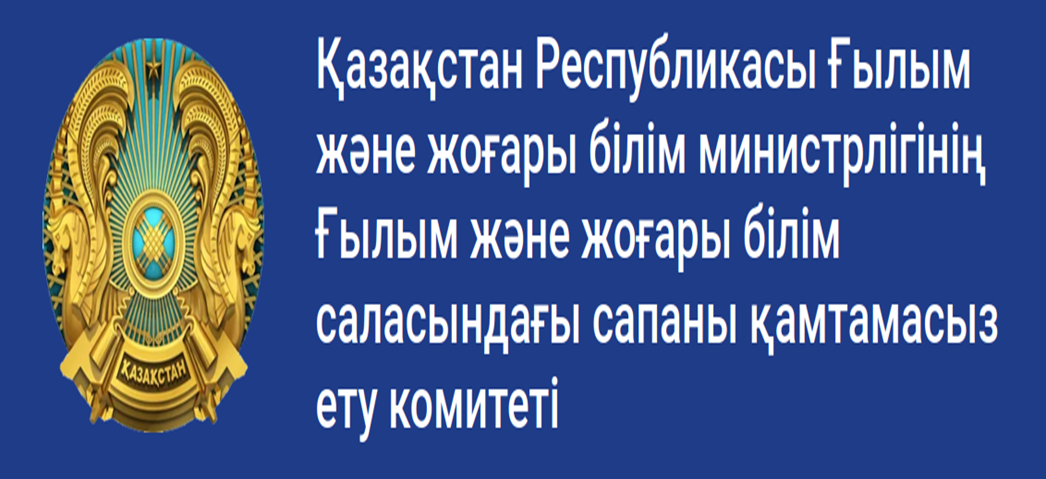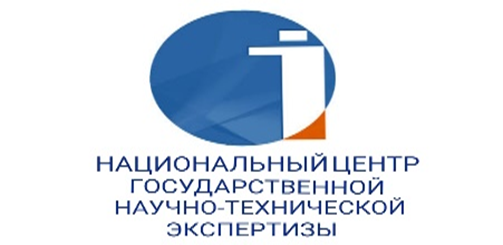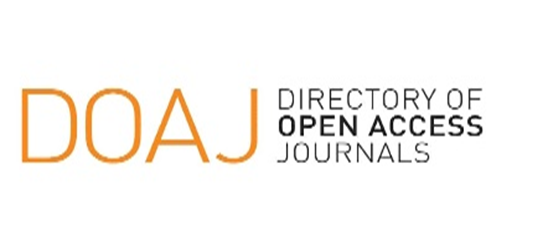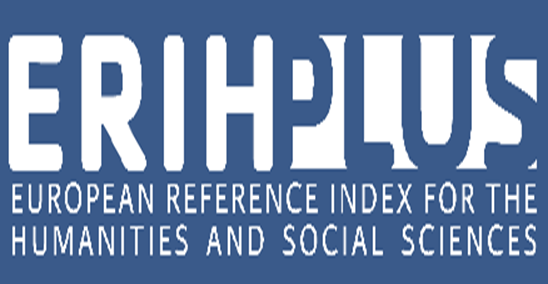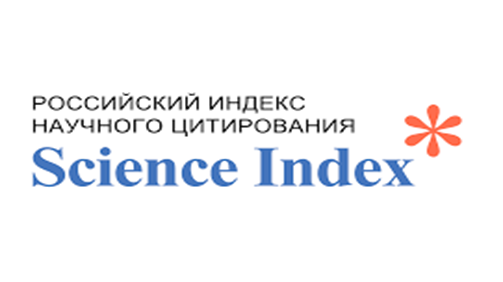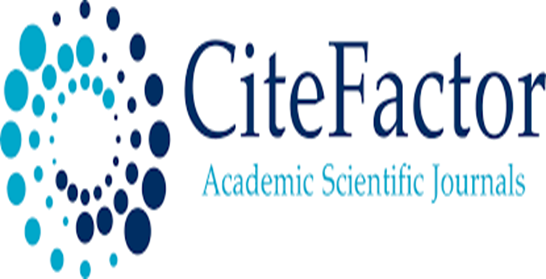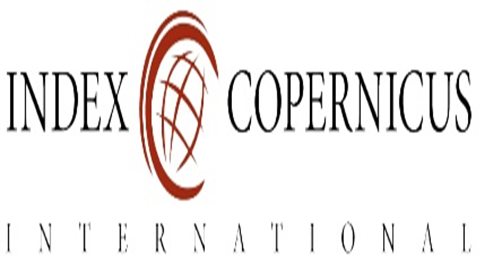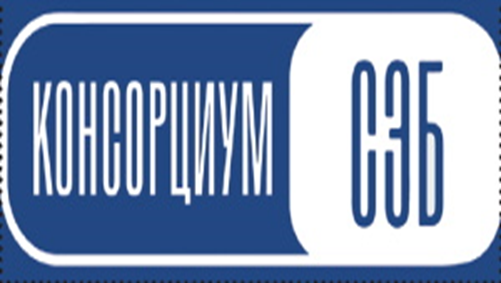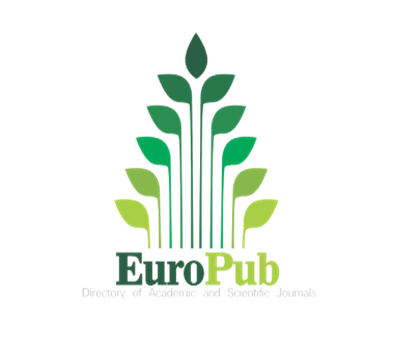Материалдарды қарау және жариялау тәртібі
«Turkic Studies Journal» басылымында материалдарды қарау және жариялау тәртібі жарияланым қызметінің аясын реттейтін алгоритм бойынша жүргізіледі.
Журналда мақала жариялау үшін автор(лар) tsj.enu.kz веб-сайтында тіркеліп, материалдарды журналдың веб-сайтында жарияланған нұсқаулықтарға сәйкес жібереді. Қолжазбалар «Turkic Studies Journal» журналына келіп түскеннен кейін журнал бетінде мақала түрінде жариялануы үшін қажетті төрт сараптама кезеңінен өтеді.
Мақаланы плагиатқа тексеру
Автор(лар)дың қолжазбалары шығарушы университеттің оқу, ғылыми және баспа қызметінде плагиатты тексеру үшін пайдаланатын «ЖОО антиплагиаты» жүйесі арқылы мәтіндердің түпнұсқалығын анықтайтын сараптамадан өтеді.
Қолжазба түпнұсқалығының ең төменгі көрсеткіші 80-85% болуы керек.
Жүйе басқа зерттеушілердің жұмысын ұрлау, мәтіндерін пайдалану, авторлық тұжырымдарды сілтемесіз пайдалану сынды кемшіліктерін анықтап берген, көрсеткіштері белгіленген шектен төмен қолжазбалар жарамсыз деп танылады. Мұндай жағдайда редакция қолжазбаны әрі қарай қараудан бас тартуға құқылы.
Техникалық талаптарға сәйкестігін тексеру
Редакторлар қолжазбаның құрылымдық және техникалық талаптарға сәйкестігін қарайды.
Оларға мыналар жатады:
- қолжазба үшін журналдың тарихи-мәдени, филологиялық бағыттары аясында ХҒТАР кодын (халықаралық ғылыми-техникалық ақпарат рубрикаторы) дұрыс таңдау;
- қолжазба тақырыбының журналдың ғылыми бағытына сәйкестігі;
- аннотациялар мен кілт сөздердің қажетті көлемде болуы, олардың журналда көрсетілген тілдерде берілуі;
- қолжазбаның құрылымдық бөліктерінің сәйкестігі (кіріспе, материалдар мен зерттеу әдістері, тақырыптың зерттелу дәрежесі, талдау, нәтижелер, қорытынды);
- журналда белгіленген сілтемелер мен дәйексөздер келтіру ережелерін сақтау;
- әдебиеттер тізімі болуы және оның талапқа сай безендірілуі;
- автор(лар) туралы ақпараттың дәлдігі.
Мақалаларды безендіруге қойылатын талаптар туралы ереже веб-сайттың «Авторлар үшін» айдары аясында («Авторларға арналған әдістемелік нұсқаулықтар» тармағы) берілген және «Turkic Studies Journal» журналының баспа нұсқасының әрбір санында жарияланады.
Қолжазба белгіленген талаптарға сәйкес келмеген жағдайда, редакция ескертулерді жою үшін материалдарды өңдеуге автор(лар)ға жібереді.
Журналдың құрылымдық және техникалық талаптарына сәйкес келетін қолжазбалар рецензиядан өтуге жіберіледі.
Рецензиялау процедурасы
Редакция рецензенттерді қолжазба тақырыбына сәйкес тағайындап, рецензиялаудың техникалық жағы онлайн түрде жүзеге асады. Редакция рецензентке мақаланың тақырыбын, кілт сөздерін және аннотациясын көрсетіп хат жібереді.
Сараптама жүргізуге келісім алынғаннан кейін рецензенттің жеке кабинетіне қолжазбаның толық нұсқасы жіберіледі, онда автор(лар) туралы мәліметтер немесе авторлығын анықтайтын кез келген басқа ақпарат көрсетілмейді.
«Turkic Studies Journal» журналындағы қолжазбалар екі құпия рецензиялаудан өтеді, яғни автор(лар) рецензенттер үшін жасырын, ал рецензенттер авторлар үшін жасырын болады. Әрбір қолжазбаны бір ай ішінде екі рецензент қарайды (рецензенттің этикалық мәртебесін «Жариялау этикасы» бөлімінен қараңыз).
Сараптаманы бітіргеннен кейін рецензент: 1) материалды қабылдау; 2) жетілдіру қажет; 3) қайта рецензияға жіберу; 4) басқа жерге жіберу; 5) қолжазбаны қабылдамау сынды жүйе ұсыныстарының бірін таңдай отырып, рецензияның файлын өзінің жеке кабинеті арқылы жүктейді.
Редакция рецензиялау нәтижелерін автор(лар)ға жасырын сараптаманың мәтіндері ретінде жібереді. Автор(лар) рецензенттердің пікірлері мен ескертпелеріне жауап бере отырып, ескертпелерді жояды немесе түзетулер енгізеді. Екі рецензия нәтижесі «оң» болған жағдайда қолжазба түпкілікті шешім қабылдау үшін редакция алқасына жіберіледі. Рецензенттердің пікірлері әртүрлі – бірі «оң», екіншісі «теріс» болған жағдайда қолжазба үшінші рецензентке жіберілуі мүмкін немесе жариялау туралы шешімді бас редактор редакция алқасымен бірлесе отырып қабылдайды.
Редакциялық алқаның мақаланы қарастыруы
Қолжазбаны журналда жариялау туралы шешім оның қойылған барлық талаптарға жауап беретіндігіне, рецензенттердің, редакция алқасы мүшелерінің және бас редактордың оң пікірлері болуына сәйкес қабылданады. Шешім қабылданғаннан кейін қолжазбаны жариялауға қабылдау/қабылдамау туралы нәтижелер автор(лар)ға хабарланады.

